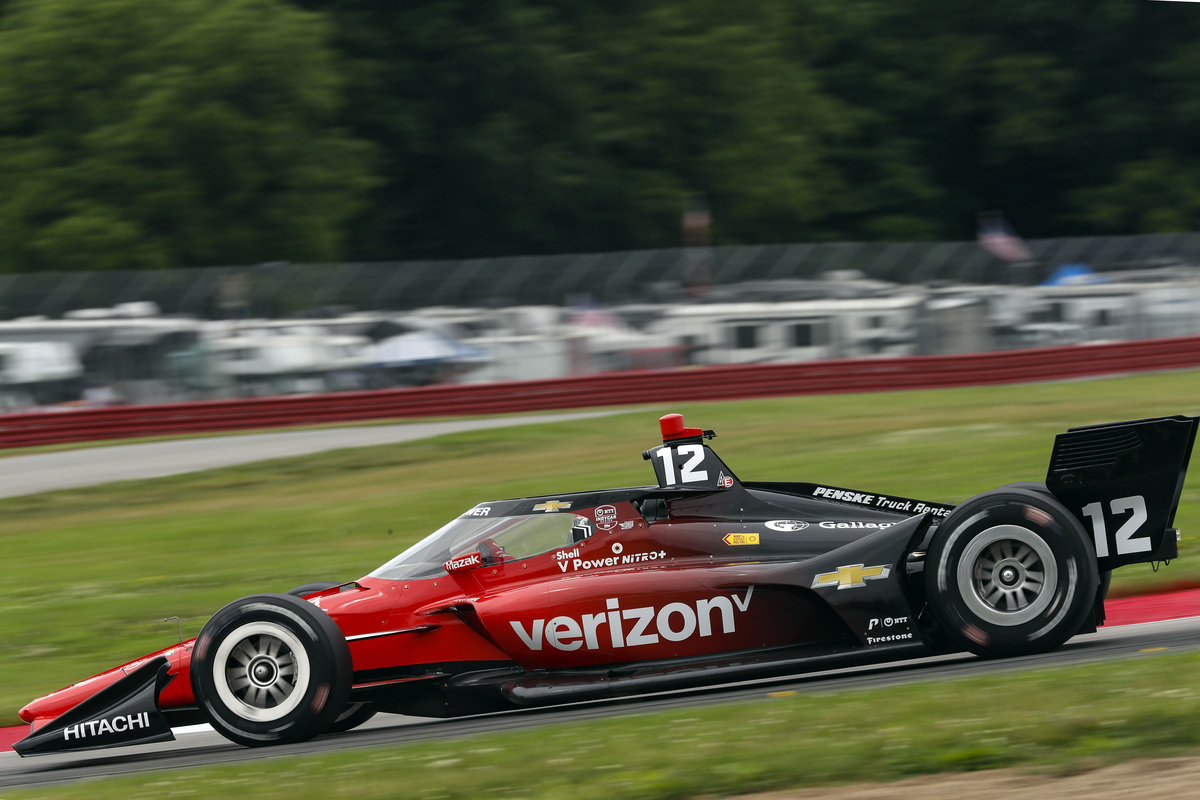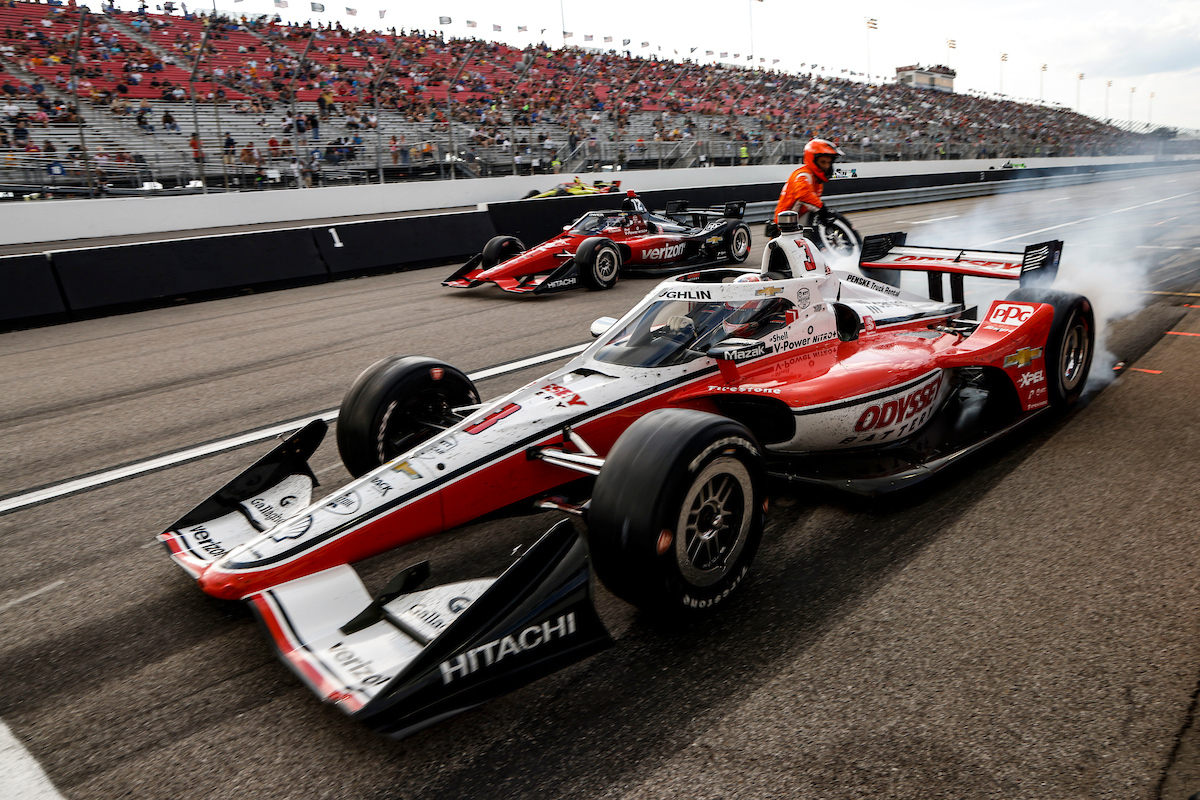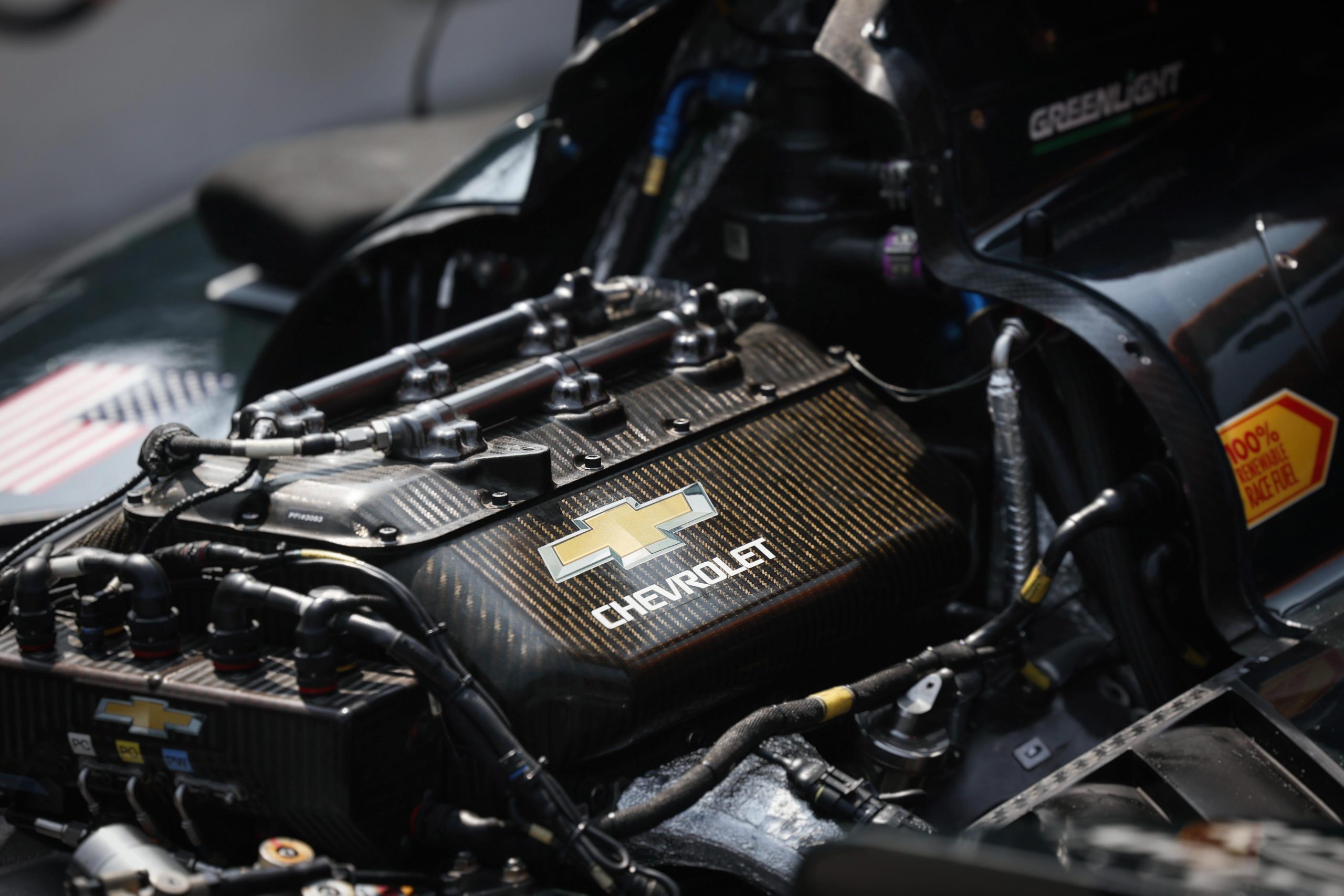The History of the Indianapolis 500: America’s Most Iconic Race
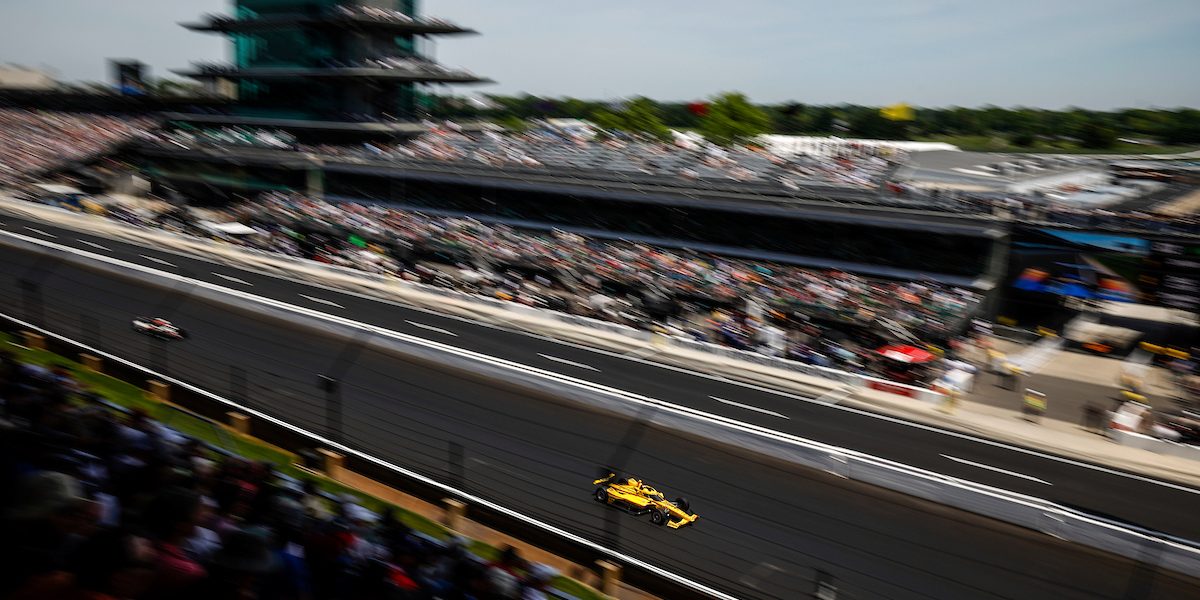
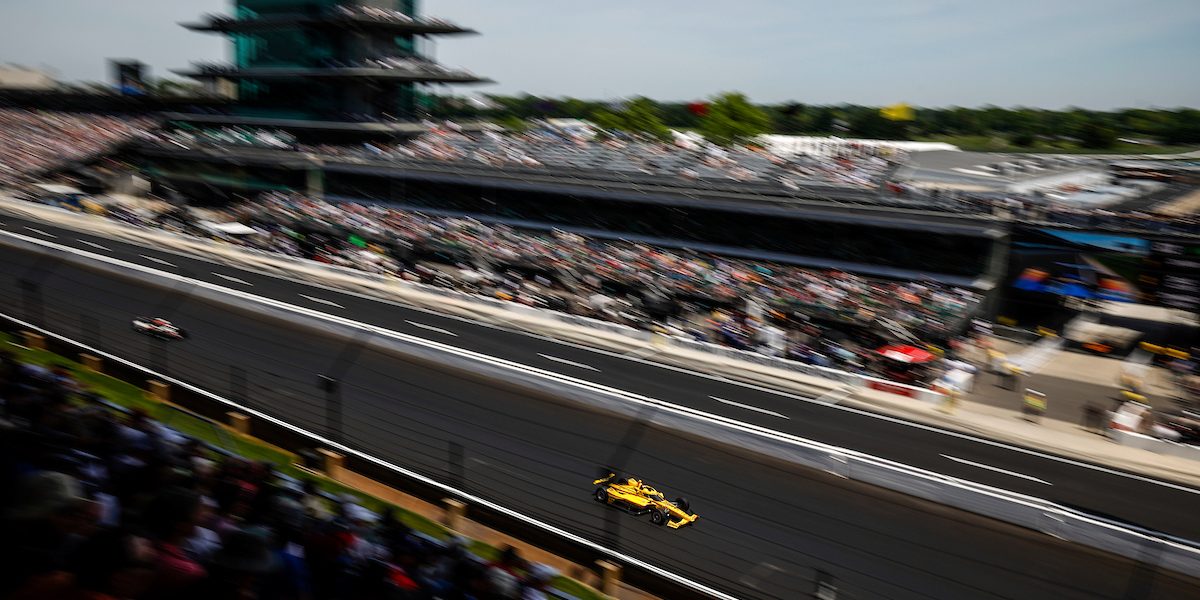
The Indianapolis 500 is one of the most iconic races in America, and it has a long and storied history. The race has been held every year since 1911, with the exception of a few years during World War I and World War II. Over the years, the race has become an important part of American culture, and it has helped to shape the world of auto racing.
The Indianapolis 500 has always been a showcase for innovation and technology in the world of auto racing. From the early days of the race, when cars were little more than souped-up horseless carriages, to the high-tech machines of today, the Indianapolis 500 has been at the forefront of automotive engineering. The race has also been a proving ground for some of the greatest drivers in the history of the sport, and it has helped to launch the careers of many young drivers.
Table of Contents
The Early Years
The First Race
The Indianapolis 500, also known as the Indy 500, is one of the most iconic races in America. The first race was held in 1911, and it was won by Ray Harroun, driving a Marmon Wasp. The race was a success, with over 80,000 people in attendance. The track was originally made of crushed stone and tar, which made for a bumpy and dusty ride. The cars that raced in the first Indy 500 were much different than the cars of today. They were open-cockpit, with no roll cages or seat belts. The average speed of the winning car was just over 74 mph.
The Brickyard Era
In 1909, the Indianapolis Motor Speedway was built as a testing ground for new cars. The track was made of bricks, earning it the nickname “The Brickyard.” The first race at the speedway was held on August 19, 1909, and it was won by Louis Schwitzer. The Brickyard era lasted until 1961, when the track was paved with asphalt. The Brickyard era saw many historic moments, including the first Indy 500 in 1911. The track was also the site of many speed records, including the first car to break the 150 mph barrier, driven by Mauri Rose in 1937.
During this era, the Indy 500 became more than just a race. It became a cultural event, with celebrities and politicians in attendance. The race was also an important part of American history, with many drivers serving in World War I and II. The race was not held during the war years of 1917-18 and 1942-45.
The Golden Age
The Birth of the Indy 500 Festival
The 1950s and 60s were known as the Golden Age of the Indianapolis 500. During this time, the race became a cultural phenomenon, and the city of Indianapolis fully embraced it. In 1957, the first Indy 500 Festival was held, which included a parade, concerts, and other events leading up to the race. The festival quickly became a beloved tradition and continues to this day.
The Rise of the Rear-Engine Cars
During the Golden Age, the cars used in the race also underwent significant changes. In the early years of the Indy 500, the cars were front-engine and resembled the cars of the time. However, in the 1960s, the rear-engine cars began to dominate the race. These cars were more aerodynamic and had better handling, which allowed them to reach faster speeds. The first rear-engine car to win the Indy 500 was the Cooper T54 driven by Jack Brabham in 1961. This victory marked a turning point in the race’s history, and soon, all the top teams were using rear-engine cars. By the end of the decade, the front-engine cars had become obsolete, and the rear-engine cars had firmly established themselves as the future of the race. Overall, the Golden Age of the Indianapolis 500 was a time of great change and innovation. The festival brought the city of Indianapolis together, while the rise of the rear-engine cars transformed the race into the high-speed spectacle we know today.
Modern Times
The Split and Reunification of CART and IRL
In the late 1990s, a power struggle between the Championship Auto Racing Teams (CART) and the Indy Racing League (IRL) led to a split in American open-wheel racing. The split lasted from 1996 to 2008 and resulted in a decline in the popularity of the Indianapolis 500. During this time, many top drivers and teams chose to compete in other racing series, and the Indy 500 struggled to attract a full field of competitive cars. However, in 2008, the two series reunited under the unified banner of IndyCar, bringing stability and renewed interest to the sport.
The Dominance of Team Penske
Team Penske is one of the most successful teams in the history of the Indianapolis 500, with 18 victories to their name. The team’s founder, Roger Penske, is also the owner of the Indianapolis Motor Speedway, making his success at the track all the more impressive. In recent years, Team Penske has continued to dominate the Indy 500, with driver Simon Pagenaud winning the race in 2019 and the team claiming a record-extending 18th victory.
The 100th Running and Beyond
In 2016, the Indianapolis 500 celebrated its 100th running, a milestone that was marked with a number of special events and celebrations. The race itself was won by rookie driver Alexander Rossi, who stunned the field with a fuel-saving strategy that allowed him to cross the finish line with just enough gas in the tank. Since then, the Indy 500 has continued to be one of the most iconic and exciting races in the world of motorsports, drawing huge crowds and top drivers from around the globe.






